How did Tonga get its name?
Tonga comes from the Polynesian language’s word “fakatonga,” which means “southwards.” Tonga is the archipelago’s southern most group of islands that makes up central Polynesia.
Where is Tonga located?
Tonga is located in Oceania; within a small archipelago in the south Pacific Ocean. It lies directly south of Samoa and about two-thirds of the way from Hawaii to New Zealand.
It has 169 islands, however only 36 of them are inhabited. These islands are in three main groups – Vava’u, Ha’apai, and Tongatapu, the latter is the largest island and where the capital city of Noku’alofa is located. They are quite spread out, over about 500 miles.
Tonga is located in the “Ring of Fire,” where earthquakes and volcanic activity are common.
A brief history of Tonga
The earliest known inhabitants of Tonga were the Austronesian people, from about 3000 years ago, known as Lapita. They were famous for their elaborately decorated pottery.
Beginning in the 10th century AD, Tonga was ruled by a line of sacred kings and queens known as the Tui’I Tonga. Over the centuries, there have been power transfers, up until the third line of Monarchs, the Tu’I Kanokupolu, who eventually became the permanent rulers.
Over the years, the islands were visited by many navigators, beginning with the Dutch in 1616. Captain James Cook who famously called Tonga, “The Friendly Islands,” visited them on a few occasions in the 1770s.
The Spanish arrived in 1793. It was, however, the arrival of the Wesleyan Methodist missionaries in the 1820s, that had the greatest influence in Tonga.
Tonga is very prideful that they were the only Pacific Island nation that wasn’t colonized by European power. They did become a British protectorate in 1900 through a friendly agreement but became a fully independent nation in 1970.
In the late 20th century and early 21st century, pressure grew for political reform, moving towards a more democratic society. Tonga still has a king and is run as a constitutional monarchy, but there is now a prime minister and a parliament.
Tongan culture
Tonga is home to about 105,000 inhabitants. It also has a large diaspora population that sends remittances to their native lands as they live and work abroad. Ninety-eight percent of the Tongan population are Polynesian, with a few Europeans, Chinese and other Pacific Islanders. The official languages are Tongan and English.
There are four core values that guide Tongan society. They are: mutual respect (Fetaka’apa’ apa’ aki,) sharing, cooperating and fulfilment of mutual obligations, (Feveitokai’aki,) humility and generosity (Lototoo,) and loyalty and commitment (Tauhi Vaha’a.)
Family is the central unit in Tongan life and elders command the most respect. Family may include distant relatives, cousins and of course siblings,parents and grandparents. It is said the respect for family is a reflection of Tongan’s love of the Royal family.
Tonga is unique in that its society is entwined with Christianity. The Royal family are devout Methodists, as are a large percentage of Tongans. On Sundays there are no flights scheduled, no business contracts allowed and no sporting activities. Only essential businesses are open on Sundays. There are harsh penalties and even imprisonment, if this rule is broken. Sunday is meant to be a day of rest to attend church and feast with family and community.
Sunday is also a day for kava (a spicy, murky, drink made from the ground roots of a pepper plant,) often enjoyed before and after church. Kava is said to relax the body and makes your lips and tongue numb. It is a ceremonial drink and nearly every village has a Kava club that is a popular place for the men of the village to gather in the evenings.
Handicrafts, in the form of mats and tapa cloth, have been an artform in Tonga for centuries. Typically, made by women, the weaving of mats takes skill, patience, and a sense of design. Often the goods are sold directly by the people who make them, so there is a personal connection. Wood carving, bone carving and basket weaving are also important skills.
Tapa making and painting is still all done by hand. The bark of the mulberry tree is used and beaten with wooden mallets. This sound is heard from early morning until sunset and is one of Tonga’s most familiar sounds. Women gather in their homes or at the village’s communal tapa house to assist each other in this art form. Tapa are given as traditional gifts and make great souvenirs.
Music and Tongan dance are also important pieces of their society and culture. Dance movements are graceful and visually enhance the subtle melodies of sung poetry.
There are many traditional Tongan dances which express stories of Tongan history and legends. There is one dance called “Lakalaka,” in which a head feather called a “tekiteki” is worn. The feather enhances the dancer’s head movements and is the most important component in the dance. It is recognized as a UNESCO masterpiece of the Oral and Intangible Heritage of Humanity.
Tongan cuisine
Being tropical islands in the South Pacific, makes seafood very important in the Tongan diet. Both fish and shellfish are still speared by hand by the native people. Fish is oven baked in leaves in the traditional underground oven called, the “umu.” It is also often consumed raw with coconut milk and sea water.
Meat, including suckling pig, chickens, corned beef, and sheep are a few of the more popular meats. Sadly, the introduction of some of these items have made Tonga the most obese country in the world.
Tongans are a genetically large and strong people; the previous king was the largest Monarch in history, weighing in at 209 kgs, (460 lbs.) He suffered from diabetes and heart disease before his death in 2006. In his later years, he did shed quite a bit of weight and worked out three times a week to be an inspiration to his people.
Taro, yams, bananas, coconuts, breadfruits and tapioca are all important staples. Tropical fruit also plays a central role in Tongan cuisine. Oranges, limes and lemons, along with watermelon, onions, cabbage, carrots, tomatoes and pumpkin, are considered new foods, brought to the islands by westerners.
When Tongans feast they will serve up to 30 different dishes on a “pola;” a long tray made from coconut fronds. Some dishes like beota’ika (marinated raw fish,) lu pulu (corned beef and coconut milk, wrapped in taro leaves,) wrapped vegetables, boiled in coconut cream and of course meat, seafood and octopus, are revered. Food and feasting are an integral part of Tongan society.
So let’s enjoy a Tongan meal:
The Meal
Starter
Ota Ika (Raw fish Salad)
Main Course
Lo’I Feke (Octopus in coconut cream)
Served with
Otai (Watermelon drink)
Dessert
Faikakai Malimali
(Banana dumplings with sweet coconut syrup)
For our dinner, we set out tapa cloths and shells, along with bright red flowers to represent the national flower called “Garcinia Sessilis.” This was to give us the feeling of being on an island paradise. Red is the national color of Tonga.
We also placed a small wooden boat and a white star, to represent how Tongans have learned to use the stars like a compass, along with currents and winds. They are skilled at navigating the ocean in their canoe-like boats. We put on Tongan love songs and began our meal by saying grace, which is common in Tonga.
Our first course was the national dish, called ota ika. It is basically a ceviche. Ours was made with fresh tuna, mixed with tomatoes, onions and a touch of chili. The fish is first marinated in lime juice and then served with coconut milk.
Ceviche is one of my favorite dishes, so this was a big hit! I really liked the addition of the coconut milk, which gave it a bit of sweetness and a creaminess to the dish.
Our main course also came from the sea and was another recipe featuring coconut. It was octopus (another favorite), onion and coconut cream. Three simple ingredients, made this a scrumptious dish.
We enjoyed our meal with a wonderful drink called otai, made with tropical fruits and watermelon. It was like a delicious smoothie and we savored it.
For dessert, we served faikakai malimali, which are little, banana dumplings that we dipped into a sweet coconut syrup.
After dinner, I couldn’t help but reminisce about a fond memory from my childhood. I come from three generations of Methodist ministers. You see, I am a “PK” or a preacher’s kid. I have wonderful memories of a Tongan family who was part of our congregation in Culver City, California.
I remember they would dig a giant pit on the church grounds to make an umu. This was the oven that would roast a whole pig which was served along with other Tongan specialties. I also remember them singing and dancing for us. They were so beautiful and graceful and had amazing voices. They always made me want to take a trip to Tonga.
As we say goodbye to Tonga, it is with a prayer of hope. They recently suffered from a massive underwater volcanic eruption on January 15th,2022, that triggered tsunamis that covered the islands in ash, and knocked out communications entirely.
Satellite images recorded the mushroom cloud covering 650km, (over 400 miles) one hour after the initial eruption. One thing is certain, the Tongans are a resilient and strong people who will no doubt rebuild their beautiful and friendly islands.
Until next time,
“Nofo” (Good bye in Tongan)
Warmest regards,
Darlene

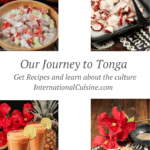
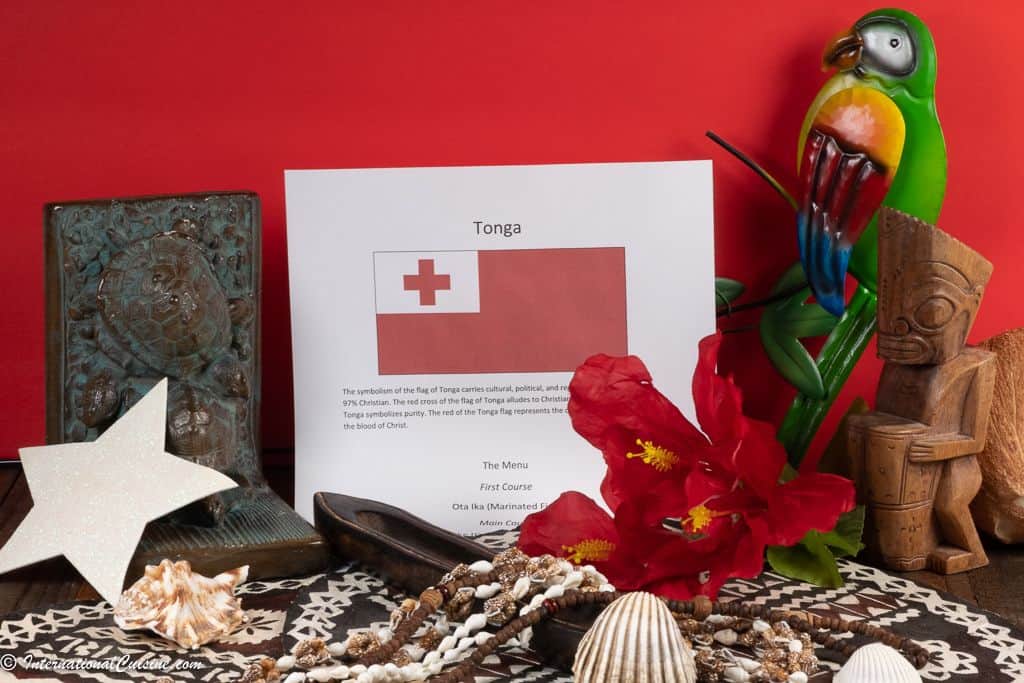
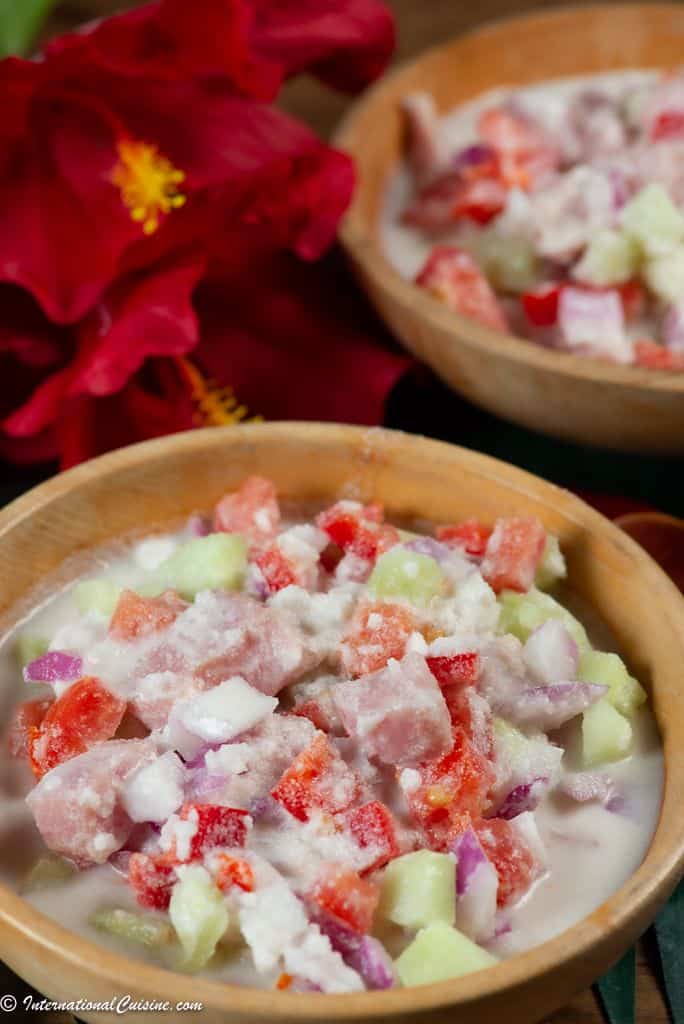
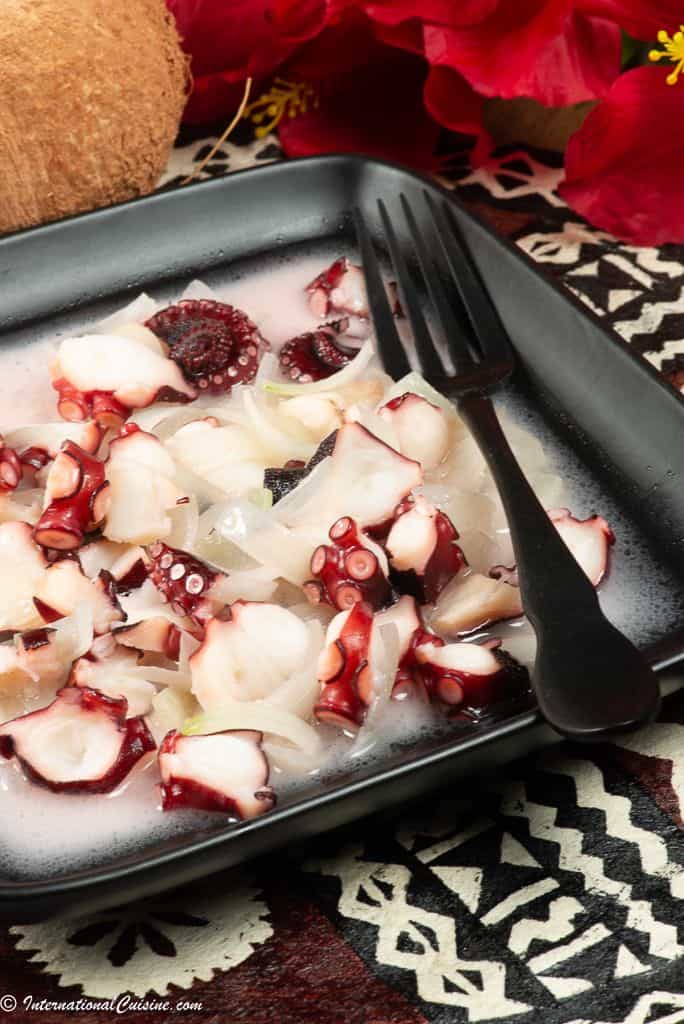
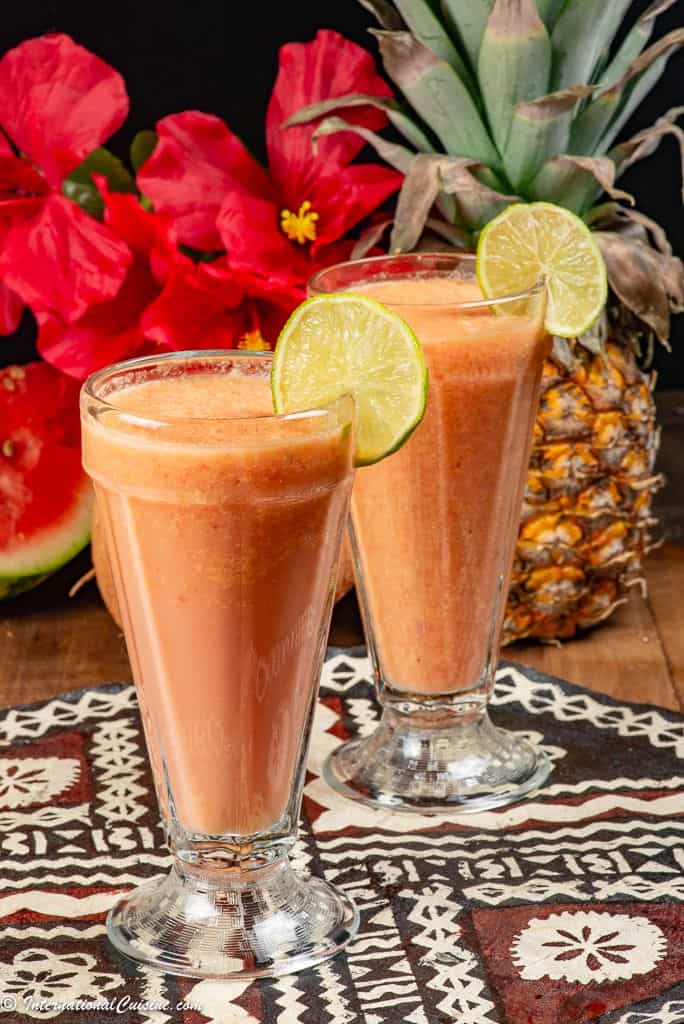
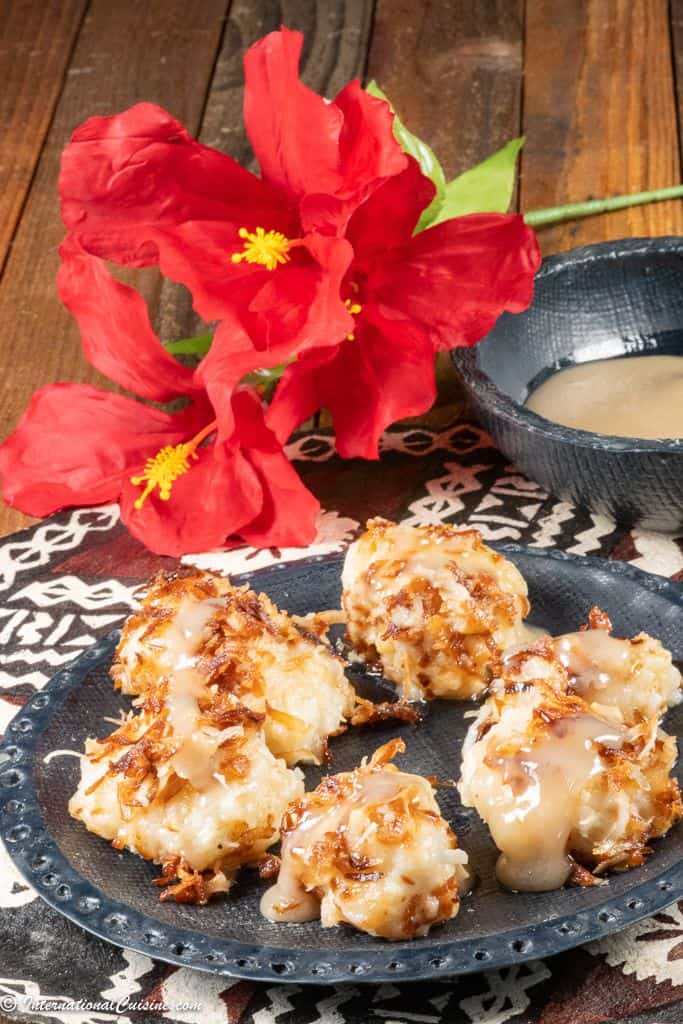
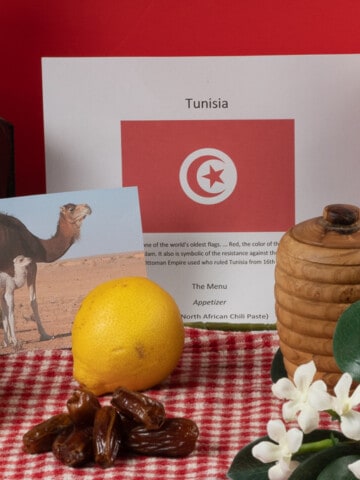
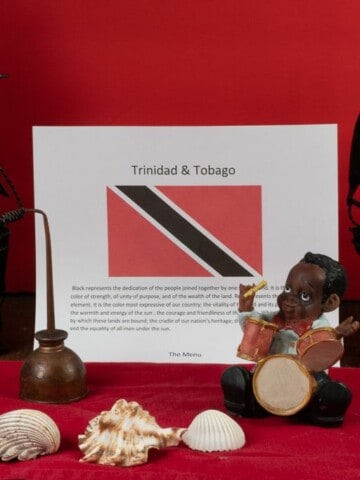
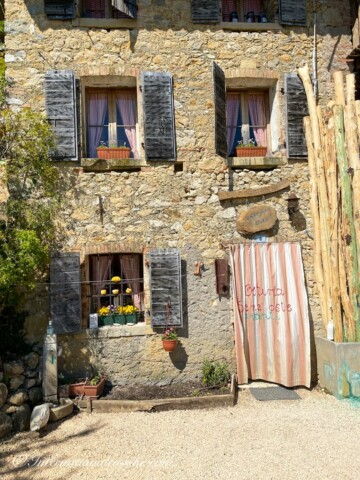
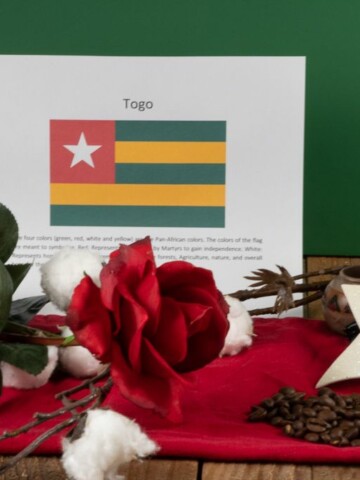
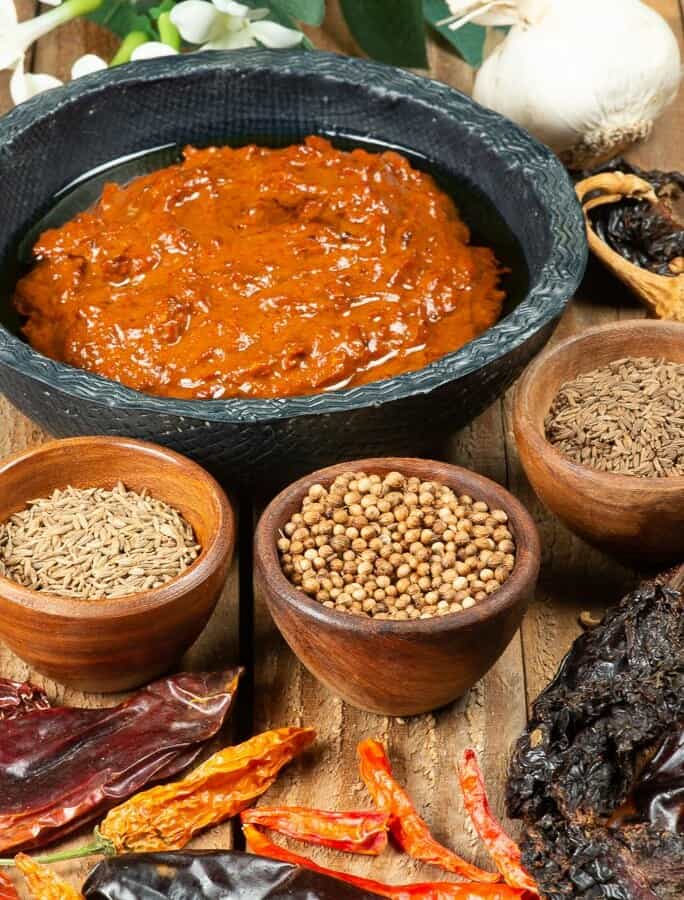
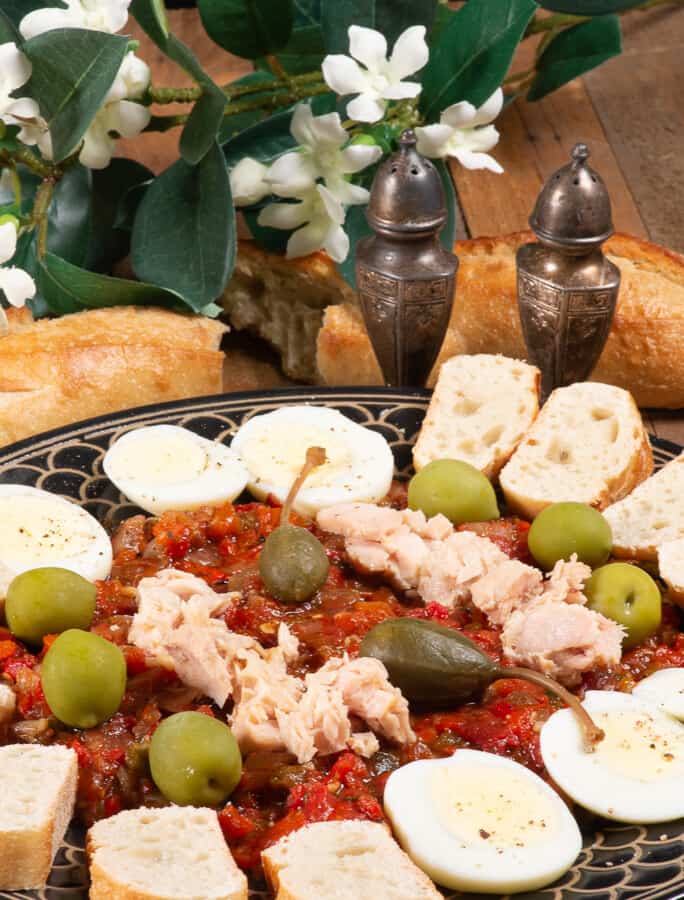
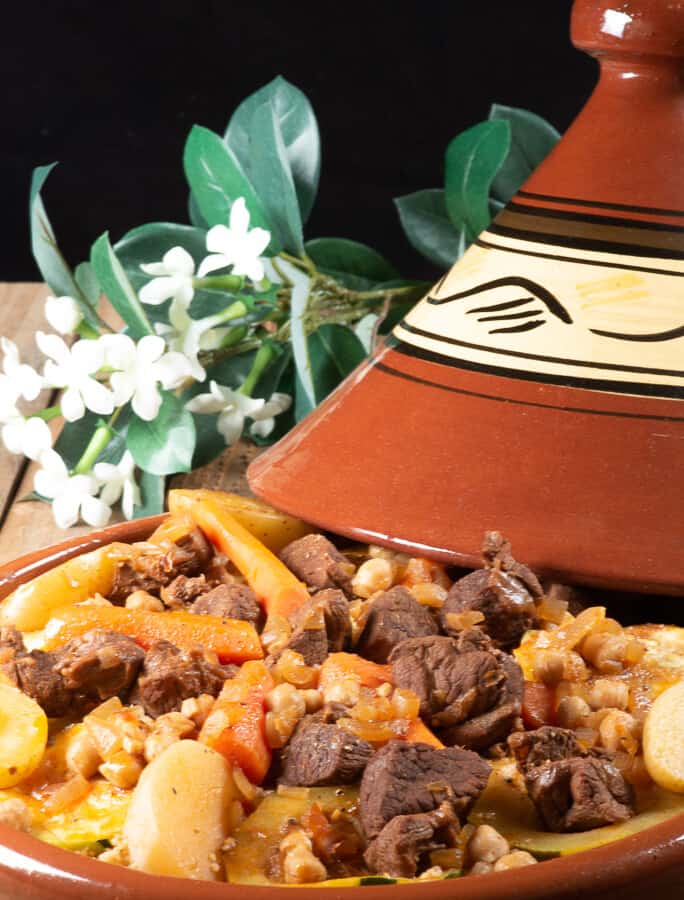
Another remote place on (or near) ZG's path in the South Pacific. Where are you hanging your hats these days? Henry